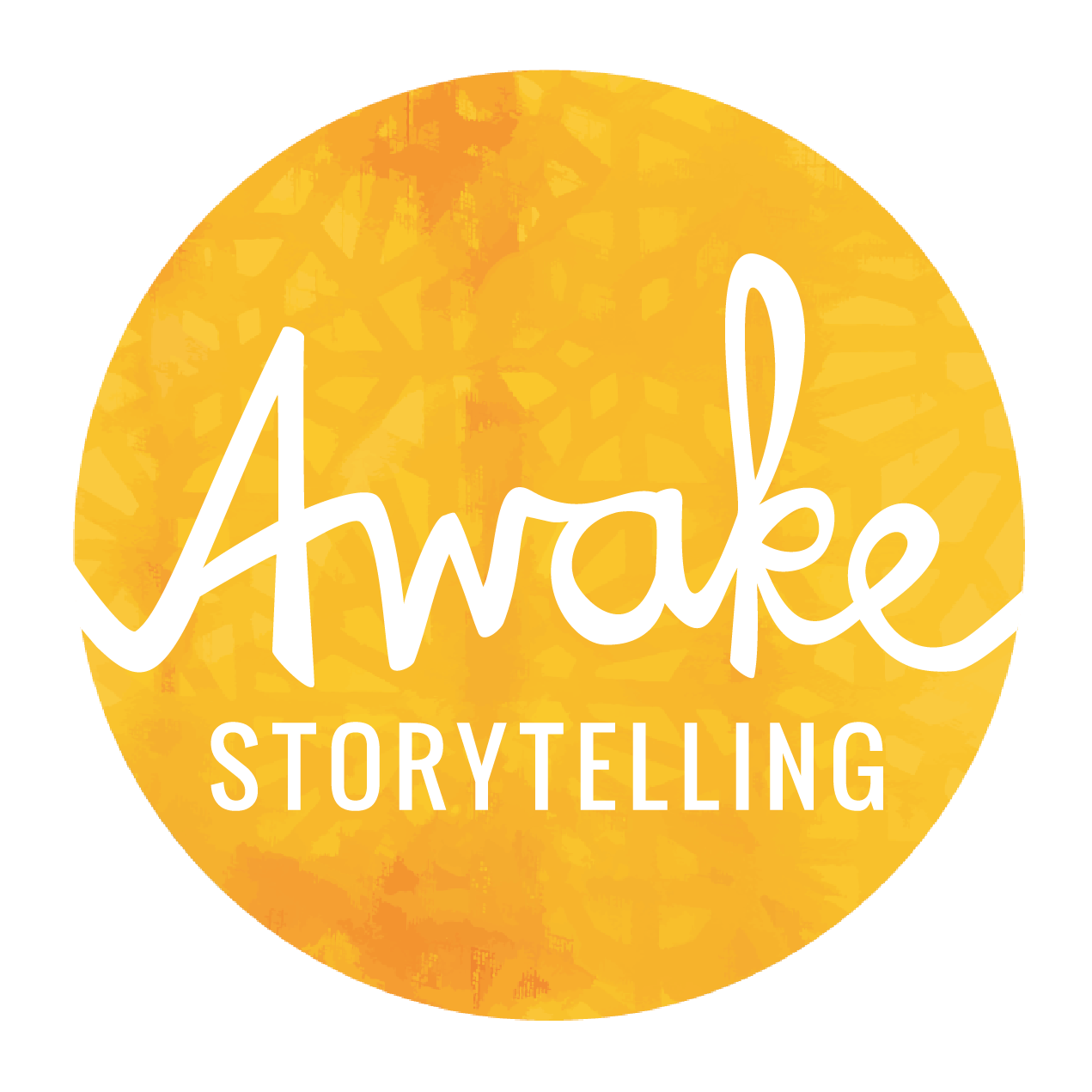Too often, nonprofits find themselves in a bind: relying on funding from donors who may be invested in the very systems they seek to dismantle. Many organizations soften their messaging to avoid alienating wealthy supporters, prioritizing financial sustainability over bold truth-telling.
But what if we didn’t have to choose? What if nonprofits could fund their work without compromising their values—while actively challenging capitalism, white supremacy, and patriarchy?
To do this, we must rethink three key areas:
Who we see as stakeholders
How we ask for support
How we tell our stories
1. Shifting Who We See as Stakeholders
Most nonprofits default to centering wealthy donors as their primary stakeholders. But who else has a stake in liberation?
✅ The communities we serve – They should be at the center of decision-making, not just recipients of aid.
✅ Grassroots donors & movement supporters – Small-dollar donors, volunteers, and community partners can create collective power when engaged intentionally.
✅ Non-traditional funders – Unions, worker cooperatives, and mutual aid networks are increasingly investing in liberation work.
🔹 How to shift your approach:
Move beyond an extractive fundraising model where communities are showcased for donations but excluded from decision-making.
Build multi-stakeholder funding models where grassroots donors and movement partners have more influence.
Challenge the idea that philanthropy must come from the top down—explore funding models like participatory grantmaking and cooperative fundraising.
2. Shifting How We Ask for Support
Many nonprofits fear losing funding if they speak too boldly about dismantling oppression. But there’s a way to invite donors into transformation instead of watering down your message.
🔹 How to shift your approach:
Frame fundraising as movement-building. Instead of “please donate,” say:
“Be part of resourcing the future we deserve.”Engage donors as allies, not saviors. Instead of centering their generosity, highlight their role in redistributing wealth and power.
Offer donors a political education. Many people who have wealth never interrogate how they got it. What if your nonprofit’s messaging helped donors recognize the need to fund systemic change, not just charity?
💡 Example: Instead of…
“For just $25, you can change a child’s future.”
Try…
“Every child deserves a future free from poverty—but that takes more than charity. It takes structural change. Invest in a movement that’s building real solutions.”
3. Shifting How We Tell Our Stories
Stories have power. They can uphold the status quo or challenge it. Many nonprofits unintentionally tell stories that:
Depict marginalized people as passive victims instead of active agents of change.
Cater to wealthy donors by making them feel like heroes.
Avoid naming the root causes of systemic injustice.
🔹 How to shift your approach:
Center community leadership. Highlight how people impacted by oppression are already fighting for change, rather than just showing their suffering.
Tell stories that challenge harmful narratives. Instead of portraying poverty as an individual failure, make systemic injustice visible.
Use storytelling as an organizing tool. Stories should do more than evoke pity—they should invite people to take action.
💡 Example: Instead of…
“Maria is struggling to feed her children. Your donation will help.”
Try…
“Maria is organizing with her neighbors to demand fair wages. Join her in the fight for economic justice.”
Storytelling as a Strategy for Liberation
If we’re serious about dismantling capitalism, white supremacy, and patriarchy, we have to fund liberation in new ways. That means rethinking:
Who we see as stakeholders (centering community power, not just wealthy donors).
How we ask for support (inviting donors into a transformative movement, not charity).
How we tell our stories (challenging harmful narratives instead of reinforcing them).
At Awake Storytelling, we help nonprofits create powerful fundraising and advocacy videos that mobilize resources without compromising their values. Ready to explore what that could look like for your organization? Let’s connect.
